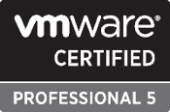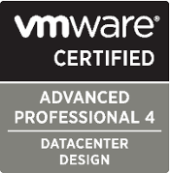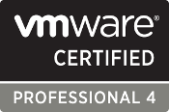In February, we detailed the installation and first use of the VMware vCenter Mobile Access appliance (version 1.0.41). In that write up, we pointed out that vCMA had some security issues and said the following:
Being HTTP-only, vCMA doesn’t lend itself to secure computing over the public Internet or untrusted intranet. Instead, it is designed to work with security layer(s) in front of it. While it IS possible to add HTTPS to the Apache/Tomcat server delivering its web application, vCMA is meant to be deployed as-is and updated as-is – it’s an appliance.
Seems VMware is listening. Yesterday, VMware announced the release and immediate availability of vCMA v1.0.42 with HTTPS/SSL enabled by default. We got this from the “vSphere MicroClient Functional Specification Guide:”
SSL Connections
By default “https” (or SSL certificate) is enabled in the appliance for the vCMA for enhanced security. You can replace the out-of-the-box certificate with your own, if needed. However, http->https redirection is currently not supported.Other deployment considerations
- The vCMA server comes with a default userid/password. For security reasons, we strongly recommended that you change root password.
- If you prefer, you can set a hostname or IP address for the appliance.
- Using standard Linux utilities, you can change the date and time in the appliance.
- You can also upgrade the hardware version and VMware Tools in the vCMA appliance following standard procedures.
SOLORI’s Take: This welcomed change circumvents any additional kludge work necessary to secure the appliance. Using an HTTPS proxy was cumbersome and kludgey in its own right and “hacking” the appliance was tricky and doomed to be reversed by the next appliance update. VMware’s move opens the door for more widespread use vCMA and (hopefully) more interesting applications of its use in the future.







